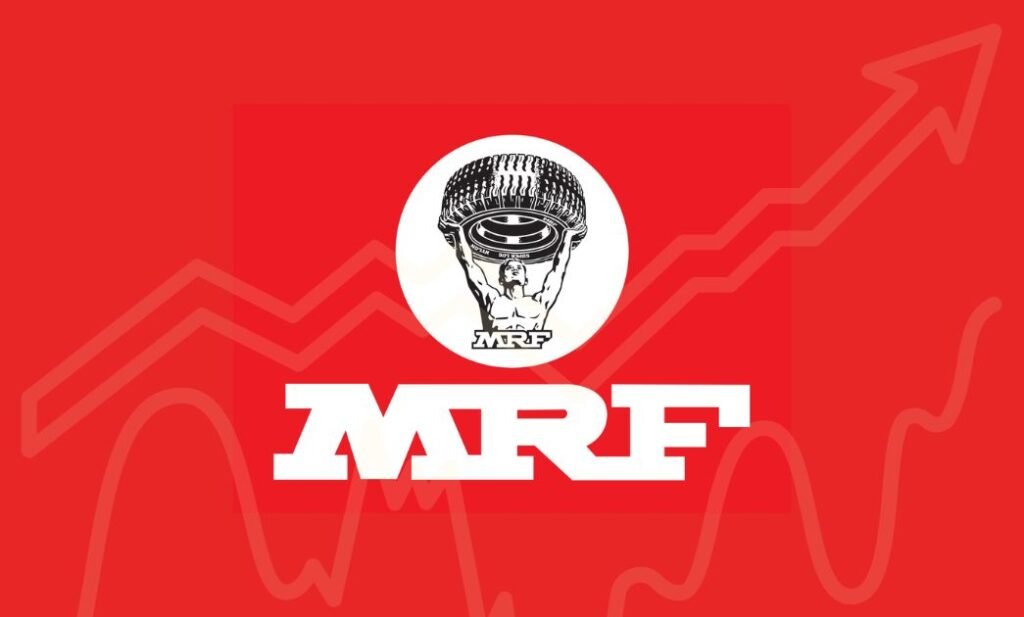For those unaware, the past few weeks have been quite eventful for the share market. Reliance Demerger, Nifty and Sensex touching lifetime highs, and the most interesting – MRF shares hitting the 1 lakh mark!
Yes, that’s right. The largest tyre manufacturer in the country took the share market by storm when it announced that its share prices had hit the 1 lakh mark, making it the only company in the history of the Indian share market to have achieved this feat. Just a decade back, this share traded at around Rs 14,300! Unbelievable right?!
While the news ignited a mix of emotions among the shareholders, it also brought in a wave of questions and created an air of curiosity among the spectators — How did it happen? Why is it the only company to have achieved this when there are competitors like Reliance, ITC and more?
Now, before we get into the how part of things, let’s address the principle that got MRF to where it is today. We’ll keep it simple.
How did MRF reach this mark?
Companies often announce stock splits as it makes their equities look more accessible and appealing to individual investors. Think of it this way. Assume a company gives out 100 shares. The price of one share is Rs. 100. Many would think the shares are pricey and may decide against buying them. Or maybe they’ll buy just a share or two. Observing this behaviour, the company announces a stock split of 10:1. So, if you previously owned one share, after the split, you have 10 shares worth Rs. 10. Awesome, isn’t it? In one night, you went from owning one share to 10 shares. Even though the total value remains the same, the number of shares you own has increased.
Now, MRF, unlike its competitors like HDFC and Reliance, never announced a stock split. Not in the last 50 years. However, in 1970 and 1975, they granted bonus shares in the ratios of 1:2 and 3:10, respectively, but after, they never granted bonus shares again. Because of the ‘anti-split’ attitude, the number of outstanding shares remained constant while the company’s market value and stock price rose. This is one of the potential reasons for MRF reaching the 1 lakh mark.
Another potential reason experts believe is the company’s positive March quarter numbers and the prospects of profitability due to the fall in raw material prices.
Looking to invest in MRF? Login into the Paytm app today and start your investment journey today.
What does MRF’s future look like?
Before reaching the 1 lakh mark, it wasn’t always sunshine and roses for MRF. In 2022, MRF hit its 52-week low of Rs. 65,900.05 on BSE on June 17th, 2022.
So, the burning question is this – Should you invest in MRF?
MRF, even with its Rs. 1 lakh per share price, is not the most valued piece on Dalal Street. It may surprise you that the company’s market cap is just a merger ~ Rs. 42,000 crores and finds no place in India’s top 100 listed companies in terms of market cap. On the other hand, Reliance Industries stock, which trades between Rs. 2,500- Rs. 2,600, has the highest market cap of ~Rs. 17 lakh crores!
So, while the hype around MRF is exciting, it is important to consider other factors and metrics before investing. Investors must thoroughly study the stock and should not just rely on the virtual prescription of stock prices. However, analysts believe there is potential for growth owing to MRF’s attractive fundamentals and strong balance sheet. Also, the company’s diversified revenue stream makes it less vulnerable to slowing down in a particular segment.
Conclusion
India’s most renowned rubber company hit the 1 lakh mark, bringing euphoria to the markets. While investors may flock to the stock, it is important to analyse the stock holistically before making any kind of decision. You may consult a professional or qualified financial advisor to plan your investments and finances wisely.
